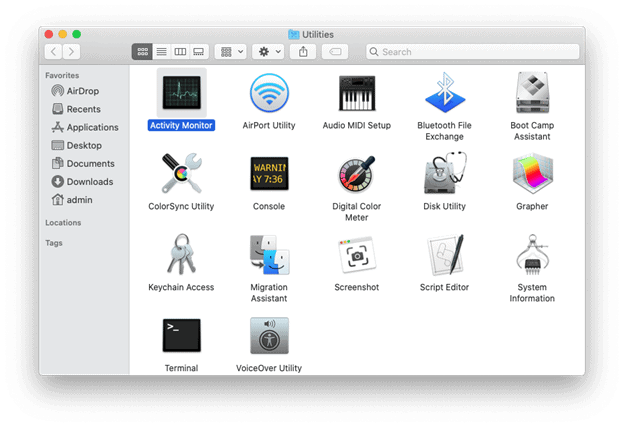

The Mac Menu Bar is different from that in Microsoft Windows because, in the case of the latter, the menu bar appears in each window. In a Mac system, the menu bar appears as a thin bar that is anchored to the top portion of the screen. On the other hand, this is what sets Mac apart from other operating systems and platforms. Many people would assume the Mac menu bar missing because of the unique positioning. Most importantly, the menu bar provides the facility for accessing different functions such as display of help manuals, opening files, or interacting with an application. The menu bar is designed for housing application-specific menus on Mac systems. The menu bar can be defined as a graphical control element comprising of drop-down menus.

How to access the Menu Bar with Keyboard? If you would like more information on managing your Mac, with multiple displays, please drop into our store and discuss your specific requirements with one of our knowledgeable staff members. This tip applies to any display connected to your Mac, including the AirPlay Display feature known as Extend Desktop that is available should you own an Apple TV. If this is the case you can always turn the feature back on. Depending on your workflow, this may cause an issue.

When you move the pointer from one display, to another, the Menu Bar on the non-active display will dim. When the feature is turned on, the Menu Bar appears solid when the mouse pointer is within an active display. Upon logging out, and in again, you will notice that the Menu Bar is no longer present on displays other than your primary display.Ī downfall of turning this feature off is you are less able to quickly identify the display that your mouse pointer is currently residing on. When you do this, you will notice a message appear that indicates you need to log out in order for the changes to take effect. Simply proceed to System Preferences > Mission Control.īy default, Displays Have Separate Spaces will be selected. Thankfully, there is an easy solution that will allow you to turn the Menu Bar off, on additional displays, when you don’t need it. But what if you don’t want the Menu Bar on that second, or third display? Does it cause a problem with your workflow? One of the most celebrated features of OS X Mavericks is the ability to have the Menu Bar appear on external displays, along with your primary display.


 0 kommentar(er)
0 kommentar(er)
